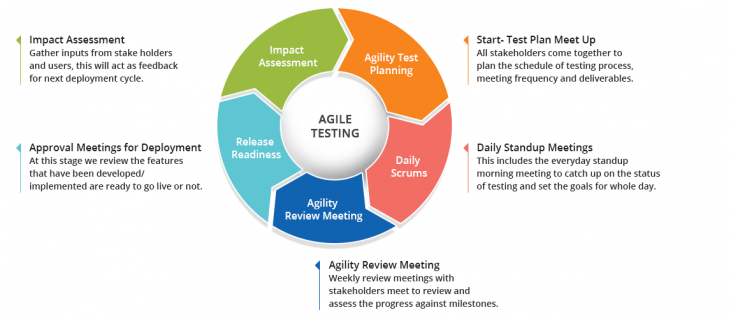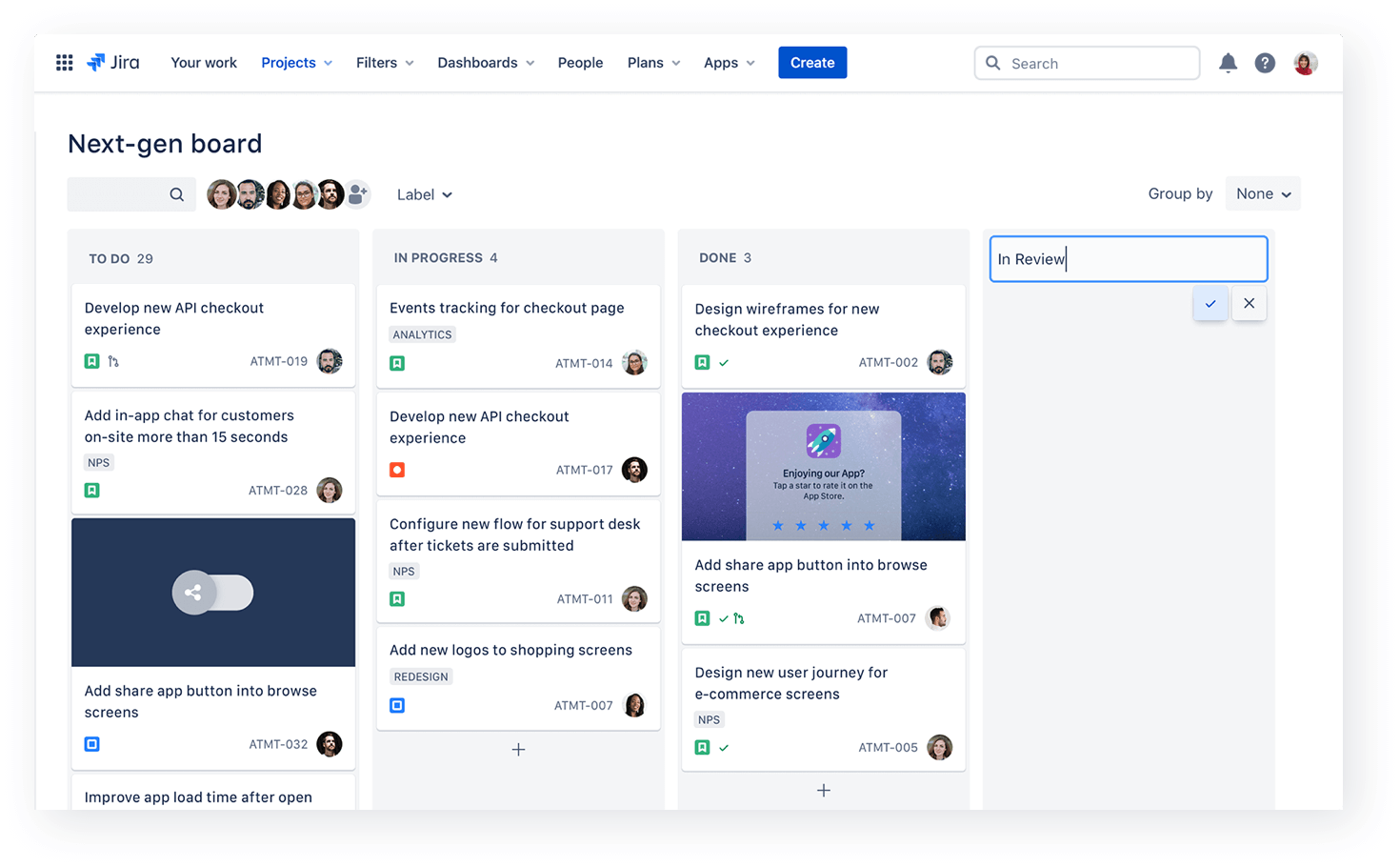A Handy Guide to Agile Testing: Life Cycle Stages, Best Practices, and Tools
If you’re wondering if Agile testing is the right approach for your software development, read this article.
Join the DZone community and get the full member experience.
Join For FreeAgile testing is a core element of the Agile software development approach that empowers businesses to work on multiple phases at once.
It is an iterative process that goes alongside the development process. Developers, testers, and customers work collaboratively to ensure software quality.
If you're wondering if Agile testing is the right approach for your software development, read this article. It has answers to all your questions, including lifecycle stages, best practices, and tools.
What Is Agile Testing?
Agile testing is a software testing practice that follows the principles of Agile software development. This methodology starts at the beginning of development with continuous integration between development and testing. Unlike the traditional approach, where testing is done post-development, the requirements are gathered flexibly at each stage.
Agile testing welcomes continuous feedback that helps developers make changes and resolve performance issues quickly. Other benefits include:
- Catch bugs faster and save time and money: Agile methodology helps reduce the number of bugs and resolve them in minimal time, preventing time-consuming and expensive fixes.
- Lightweight testing documentation: As most of the bugs and requirements are solved during the development stage, testers can focus on the essence of the test instead of incidental details. This reduces the need for documentation.
- Improved collaboration: Testers and developers can collaborate closely and communicate instantly without relying on documentation. This way, it enhances team communication and gives faster test results.
- High product quality: Here, development and testing go hand-in-hand. This enables the testers to implement preventive and corrective measures to improve software quality.
Agile Testing Life Cycle Process

The Agile testing life cycle is completed in five different phases. Let's check them out.
1. Impact Assessment
During this phase, inputs from stakeholders and users are gathered, which then assists the testers in setting the objectives for the next life cycle. Thus, it is also known as the feedback phase.
2. Agile Testing Planning
This stage includes planning the schedule of the testing process and deliverables by stakeholders.
3. Release Readiness
In this stage, it is reviewed whether the developed features are ready to go live or not. If not, what changes are required to go further? Which features/modules need to go back to the previous development phase, and so on.
4. Daily Scrums
This includes a standup meeting to catch up on the testing status and set the goal for the day.
5. Test Agility Review
This Agile testing life cycle phase includes weekly meetings with stakeholders to check the evaluation and progress against the goals.
Agile Testing Best Practices
Focus on What You Need to Achieve
You need to focus on one feature at a time when it comes to testing. This is a simple practice where you can ask your team to prepare the test cases for a particular feature or functionality testing. However, you must also ensure that you check the test case and review it for correctness. This is one of the prime aspects of Agile testing execution on the features and functionalities of the software.
Test Repeatedly
In Agile testing, testing before and after coding is highly important in order to check all the units of software precisely. You can even test during refactoring. Repeating tests will ensure that the new codes are maintainable and adhere to the new standards. Test the apps multiple times whenever there is even a small code movement, code merge, or change.
In-Person Communication With Developers
Agile testing is an iterative process. Hence, communicate with the developers and customers at each stage to know more about the features, requirements, and expectations. The clarity will help eliminate errors and bugs in the software while ensuring customer satisfaction.
Goal-Oriented Work Approach
Before embarking on the testing process, Q.A. testers need to plan a goal and decide the area of focus. In addition, being a tester, you need to understand the code-calling requirements and test suite framing. So, by adopting a well-planned approach, testers will find it easy to collect the application's functionality.
Know When to Use TDD
In software development, TDD (test-driven development) practice focuses on creating test cases before developing the actual one. This approach works best in some cases. You need to know when to use it, though.
TDD helps to write and correct the failed tests before writing new code. Therefore, it is important to know when to use TDD since it helps avoid duplication of code even though writing a small amount of code in order to pass the tests. Here, tests mean the requirement conditions which developers need to test in order to fulfill them.
Agile Testing Tools
JIRA

JIRA is one of the most popular Agile testing tools due to its ease of configuration. It is used for bug tracking, issue tracking, and project management. The widely used Agile testing tool also includes quality assurance processes in every step of software development to meet the requirements. Moreover, it has the capability to add plug-ins such as X-Ray and Zephyr to improve performance.
Here're some of the key features of JIRA:
- Bug and issue tracking
- Audit logs
- Support for Agile methodologies such as Kanban, Scrum, etc.
- Custom workflows
- Agile reporting
- Allows over 3000+ app integrations.
Selenium

An Agile automation tool, Selenium allows the complete testing team to be involved in making automation test cases. It is suitable for web-based apps. Check out some of the key features of Selenium:
- Supports programming languages such as Java, Python, Ruby, Perl, PHP, and JavaScript.
- Automates browser-based apps.
- Serves as a framework for open-source test automation tools such as TestProject, Robot Framework, Katalon Studio, etc.
Conclusion
Agile testing has several benefits, such as improved collaboration, development flexibility, and time to market. In addition, it is a customer-centric approach that delivers quality products within the stipulated time.
With the right partner, tools, and skills, you can get the most out of it.
P.S. If you have any questions or want to share your thoughts on Agile testing, please share them in the comments.
Opinions expressed by DZone contributors are their own.

Comments